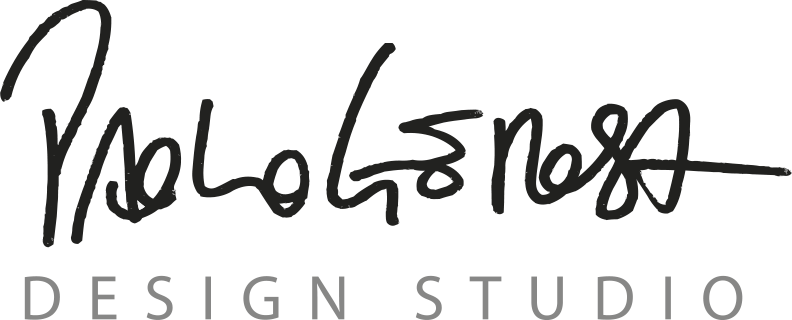Designcracy is the first platform for free online sharing of 3D models of quality projects, designed by professional designers and artists, intended to be created through consumer-grade FDM 3D printers.
FDM (Fused Deposition Modeling) is the simplest and most consolidated 3D printing technology.
It consists in the realization of the object by depositing successive layers of an extruded filament of plastic material, normally supplied in low cost spools.
FDM currently represents the most popular 3D printing technology in the consumer sector. Due to its relative technical simplicity and the low cost of the printers (there are models starting at $ 150) it is by far the best-selling among enthusiasts who use it for private use. Although there are 3D printing technologies that allow you to process advanced materials with much more complex techniques than those we use as a reference, the decidedly higher costs make them inaccessible to the average private user.
The decrease in the cost of low-cost FDM printers in recent years has made them accessible to a very wide range of the public, thus overcoming the barrier of passionate hobbyists and opening the way even to the simple curious who, fascinated by technology and its possibilities, they decide to try the purchase.
A road similar to the one traveled by me too. Although I have personally started using 3D printing since 2005 (my degree thesis of that year at the Politecnico di Milano was made using a very expensive printer that worked with sintered nylon), until a few months ago I never seriously thought about purchase one for personal use. Entering this world and deepening my knowledge of everything that surrounds it, I soon realized that the growing community of hobbyist printers is limited to printing models of objects mainly made by others and downloaded from the web (not having the software skills to model the own projects) through some dedicated portals or the many communities of printers present on social networks.
By attending these communities and becoming an active member of them, I realized that most of the products printed by enthusiasts are objects of little use and low design content, which could vulgarly be classified in the genre “junk” useless and ends in themselves. It immediately seemed clear to me that there is an unspoken need for projects of greater value and quality that are not destined to end up immediately unused in a drawer or on a shelf. In this context, Designcracy finds its place, which aims to present and disseminate projects of higher quality and with a more significant design content, also conveying through them the creative contribution of the Designer who created them.
The project hides in the name the sense of its own being, the “crasis” between DESIGN and DEMOCRACY suggests a theme that has always been dear to the debate on the socialization of the product.
I believe that 3D printing can make its contribution, introducing the real possibility of distributing and disseminating ideas and dematerializing products, allowing anyone to self-produce their own material universe.
Although the technology has been on the market for several years now, what some visionaries had imagined has not yet occurred, namely that within a few years everyone would have a 3D printer at home, with which to create the objects necessary for the life of everyday. In the last 2/3 years something has slowly changed: the drastic reduction in production costs and therefore in the prices of FDM consumer printers makes them really affordable and, although printing to perfection is still a relatively complex operation (which requires practice and refinement) , the disclosure and distribution process will follow the natural market trend, further improving and simplifying, so as to make printing technology ever simpler, more accessible and intuitive.
Looking at this trend with the appropriate perspective, one can rightly imagine a future in which ordinary people will be able to print objects at home, without having to be technology experts or fans of modeling and DIY. With this in mind, I believe that the world of design can make an essential contribution to this development. For this reason I imagined Designcracy as the starting point of a new approach to the product and the distribution of ideas.

